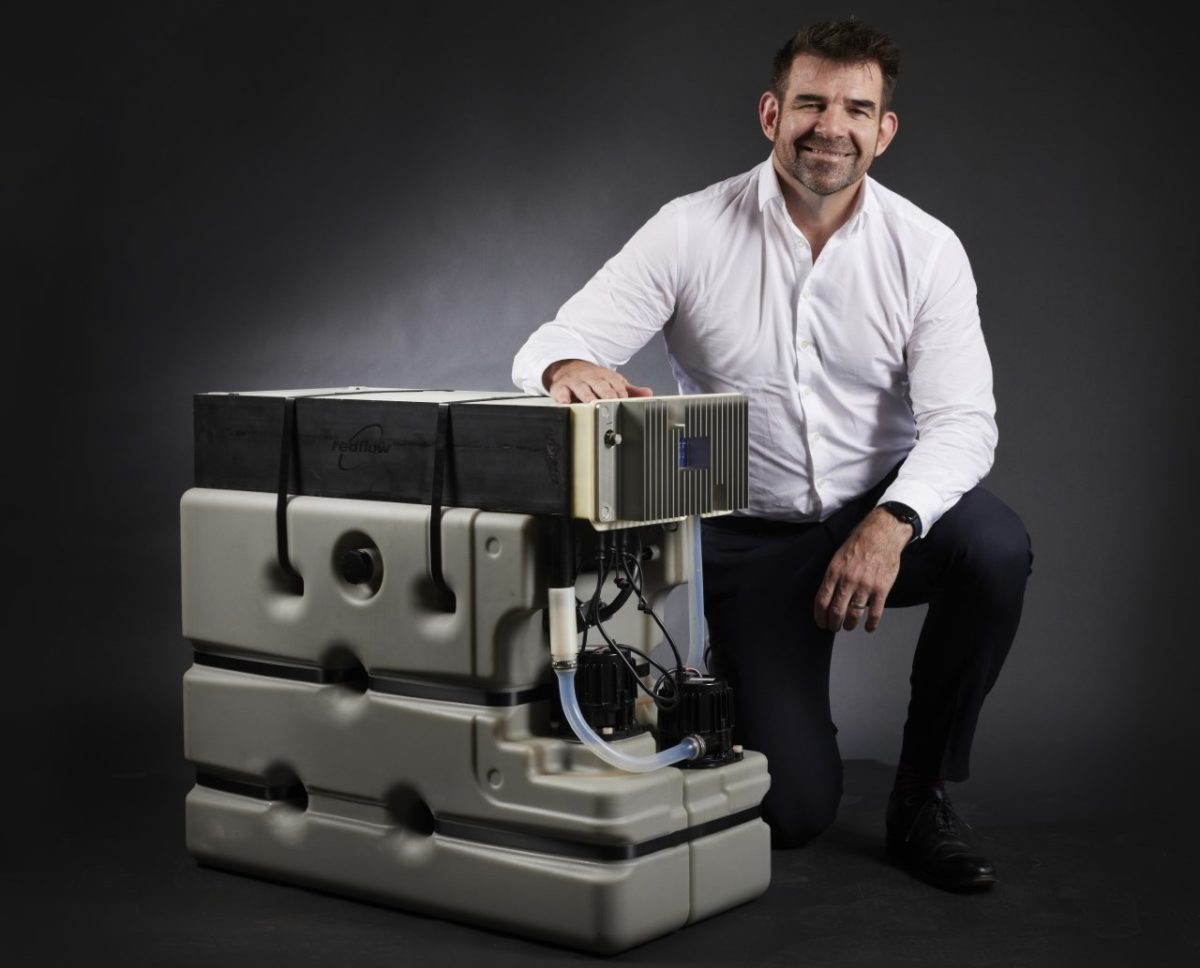Queensland-headquartered redox-flow battery specialist Redflow and clean energy project solutions firm Empower Energies have signed a Letter of Intent to develop integrated solar and zinc-bromine flow battery solutions for the North American commercial and industrial (C&I), remote community micro grid, and utility markets.
Redflow said the energy storage solution architecture was developed through the two companies’ joint engagement with a large US-listed corporate which is interested in deploying solar and flow-battery storage technology at one of its commercial campuses.
Redflow chief commercial officer Mark Higgins believes the co-developed solution, featuring the company’s 10 kWh zinc-bromine flow battery module which can be combined to provide commercial and utility scale battery solutions, will not only serve the large US-based corporate well but also meet the needs of a variety of customer segments across North America.
“The integrated solution we’ve developed in partnership with Empower Energies represents a unique, innovative, and stress-tested alternative to the status quo solar and lithium-ion solution,” he said.
“Our integrated offering provides a safer, rugged, more sustainable and cost competitive alternative to lithium-ion batteries and solar, and our batteries don’t materially degrade over their useful life, unlike lithium-ion.
“The uniquely safe zinc bromine chemistry has no risk of thermal runaway, making our solution better to deploy in urban and suburban environments where safety is a paramount consideration. Also, our hibernation mode enables our batteries to be used for back-up power and resilience deployments in a very cost-effective manner versus lithium.”
Patrick Corr, chief strategy officer at Empower which has completed more than 200 MW of clean energy projects in the US and has more than 800 MW of solar and storage projects currently in development, said its partnership with Redflow would provide a viable alternative to lithium-ion technology for North American customers.
“We’ve found that our integrated solar and flow battery solution is of particular interest to certain C&I customers looking for energy shifting, peak shaving and other daily cycling applications for their corporate campuses, reducing energy costs and enabling on-site carbon reduction safely,” he said.
The collaboration with Empower comes after Redflow earlier this year unveiled its third-generation zinc-bromine module energy storage offering.
Redflow said the new Gen3 battery represents a major advancement over the company’s Gen2.5 battery, incorporating a new stack design, updated electronics with increased functionality, a new tank design and cooling system.
The new product implements a single 10 kWh electrode stack while the design includes a bi-directional DC-DC converter built into the battery control module, allowing flexibility of energy flow of 0-60 volts. The individual modules measure 861mm x 747mm x 400Wmm and weigh in at 240kg with electrolyte. The scalable design means it can be adapted for a wide range of applications, from small commercial installations to multi-MWh storage systems.
“The launch of our Gen3 battery is a monumental milestone in Redflow’s growth strategy,” said Higgins, who is president of the company’s North American operations. “The combination of our new Energy Pod products with the Gen3 battery provides the platform for Redflow to capitalise on the demand for large-scale, medium to long-duration energy storage systems that we’re seeing emerge around the world.
“We see huge potential for Redflow’s technology in the US and other markets like Australia.”
This content is protected by copyright and may not be reused. If you want to cooperate with us and would like to reuse some of our content, please contact: editors@pv-magazine.com.









Great news.
We need more of these type of stationary storage batteries.
Is there a battery scaled to a single residence size? I would like to incorporate something like that with my existing AGM lead acid batteries, which would then become a backup should the power end abruptly. Would it be appropriate for use on an RV, or even an electric drive car? Later, I’ll check the company for system parameters such as per to weight ratios.
Thank you
Hello,
My names is James Pund and I’m interested in your reflow off grid batteries. When do you the technology will be ready for sales in the U.S.?
Thanks
James Pund
Please provide:
1. Power input and output
2. Roundtrip efficiency
3. Cost